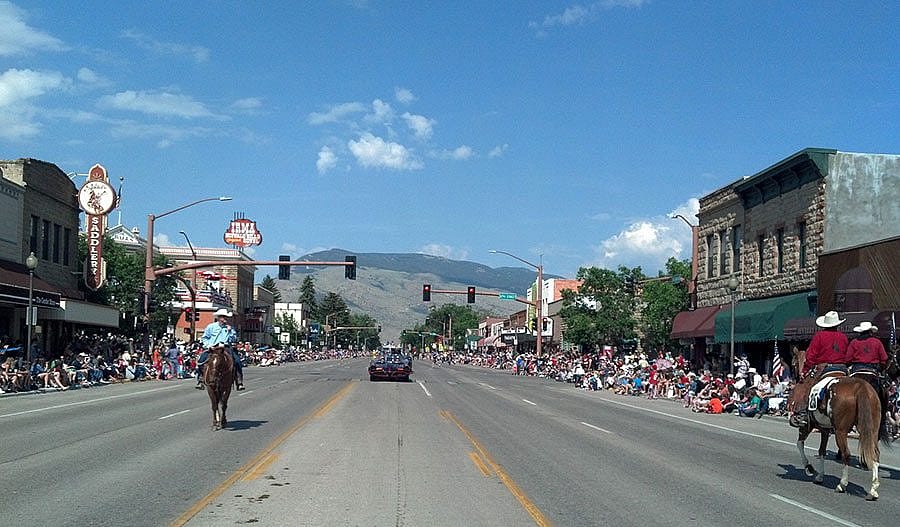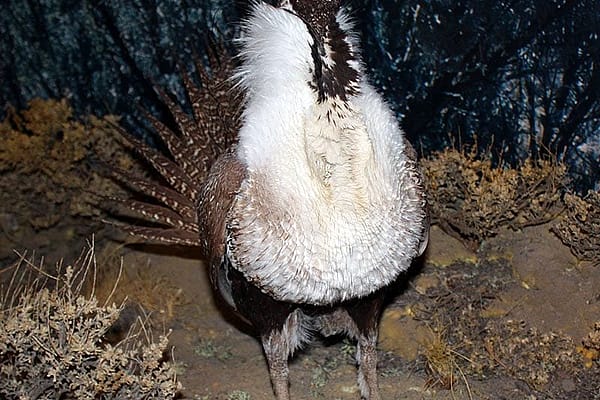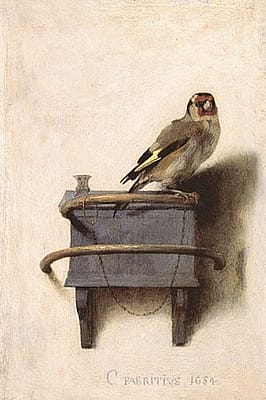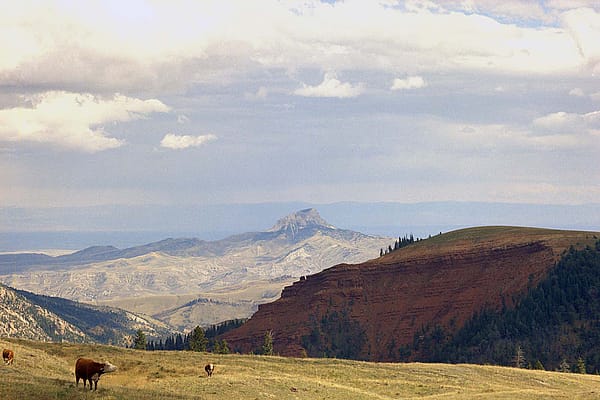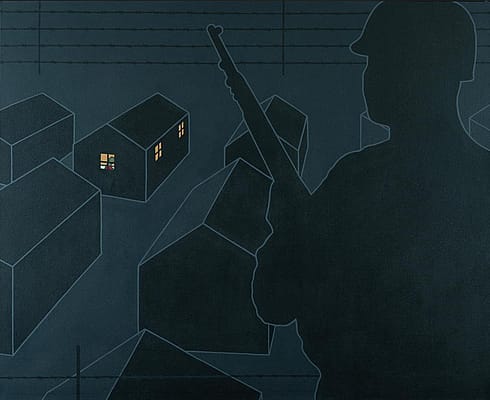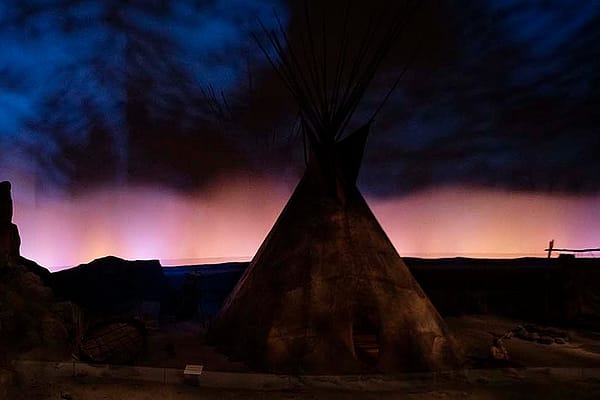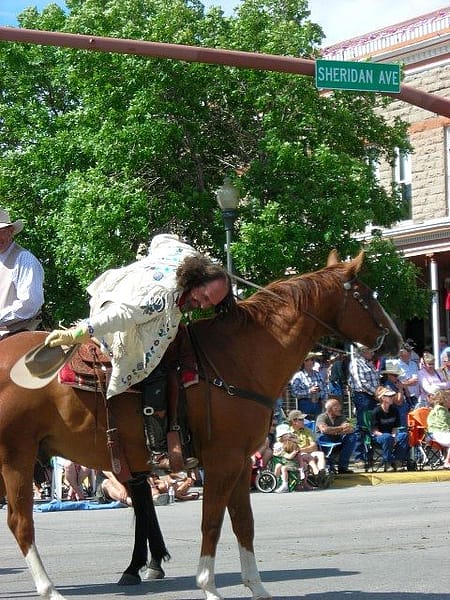
A Cody Fourth of July
The town of Cody experiences seasons—a cycle that parallels the natural world on its circular journey through space. In winter, while plants are in slumber and creatures lay low, those residents who didn’t fly south are hibernating indoors, living—like squirrels—on stores they’ve managed to cache. It’s a time for fixing the equipment, or knitting something warm, or just catching up on sleep. Nights are long and cold, days short and cold, and if the wind is blowing it’s only that much worse. Some of us never see the sun; I drive to work with my headlights on, and turn ’em on again for the trip home.
Of course autumn precedes winter. The tourist trade, like autumn leaves, falls off in September. It’s a time for retirees in their RVs, who know that Yellowstone traffic dies off after school starts. It’s a short window of opportunity though: Sylvan Pass is likely to close anytime due to snow, isolating Yellowstone from the East Gate.
Autumn is hunting season, so town is still pretty busy, the last flurry of activity before hibernation. There’s an autumn uniform: orange, like the leaves. And there’s a current of excitement. Everybody knows of somebody who got a big one, and usually there are pictures to go along with the stories. But the excitement comes not just from stories of the hunt, but from knowing that this is the last chance to get out before it becomes too dangerous or downright impossible.
Spring follows winter. In San Juan Capistrano, spring is symbolized by the return of the swallows. In Cody, it used to be the reopening of Dairy Queen—anymore they stay open almost all year. Other shop owners are returning from their southern migrations. The town, like the flowers, begins to awaken from its winter slumber and prepare for a new season. Snow (if we got any) will melt and the East Gate will open (nobody knows when for sure.)
By June, life is in full swing. The Night Show, Cody Night Rodeo, starts another season of rodeo every night, making Cody the “Rodeo Capital of the World.” Barriers go up every evening in front of the Irma (“Buffalo Bill’s Hotel in the Rockies”) to block the street for the Cody Gunfighters and their hokey but popular nightly gunfight. The sun rises early and sets late, and the streets are full of activity the whole time. But if there’s a highlight to the summer season, it’s the excitement of a Cody Fourth of July.
To begin with, the Cody Stampede Rodeo roars into town on the 1st. It’s the largest 4th of July rodeo in the world and attracts all the big-name professional rodeo cowboys. Tickets for the Stampede are in high demand, especially for the 3rd and 4th, which are sold-out shows. On the 2nd, if you have a little kid and a bomb-proof horse, you can enter them in the Kid’s Parade. The big parade happens twice, on the 3rd and the 4th, and it really is a big one—maybe the best parade per capita in the country. The businesses and clubs all enter parade floats. Marching bands come from around the state to participate. We gotchyer cars, we gotchyer fire trucks, we gotchyer clowns, we gotchyer go-kart shriners…

But most of all we got horses. Cody doesn’t care about horse crap in the street! This country was discovered on horseback, settled on horseback, folks around here still make a living on horseback, and by God there’ll be horses in the parade, lots of ’em! The parade starts at the Center of the West on one end of Sheridan Avenue (our main street) and ends at Denny Menholt Motors on the other end, about a mile away, and the first participants are packing up before the last ones have started their march.
There’s a craft show in City Park if you like such things, and everybody’s got a barbeque going. There are live performances in the park, too. Of course, like every other town in the country there’s a fireworks display after dark, but what’s better is, this is Wyoming. Fireworks are legal and you can buy ’em at any number of locations around town!
It does seem, after the 4th of July is over, that the rest of the summer is about winding down, slowing down, settling down for what is sure to be another cold winter.
Written By
Phil Anthony
Phil Anthony is the Operating Engineer at the Buffalo Bill Center of the West. He has been in the HVAC-R service industry for over 30 years (fifteen of them at the Center.) Phil holds journeyman certificates through the City and County of Denver as a steamfitter and a refrigeration technician, and a low-voltage electrical technician’s license with the state of Wyoming. An artist, poet, musician (sort of,) and avid outdoorsman, Phil has been called "a true renaissance man."

